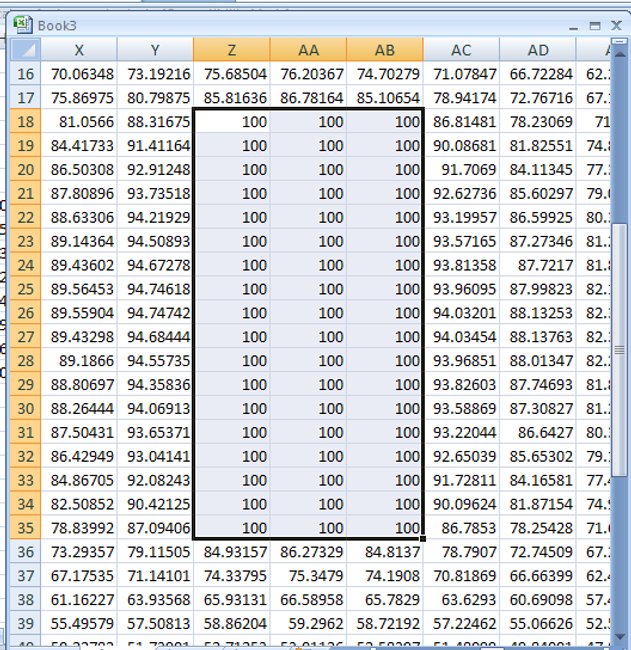
You
have a configuration which has symmetry about the z-axis, and you are
able to measure the electric field along the z-axis in a region where
there is
no charge/volume. This turns out to be
E_z (z-axis) = E_z
(0,0,z) = (1.75 V-m^2)/z^3, where z is in meters.
c) You are to find E_x (0.02, 0, 0.25). This is near the z-axis but not right on it. The idea is to do a series expansion about the point (0, 0, 0.25). Done right, this will give you an approximate value of E_x at point (0.02, 0, 0.25)m.